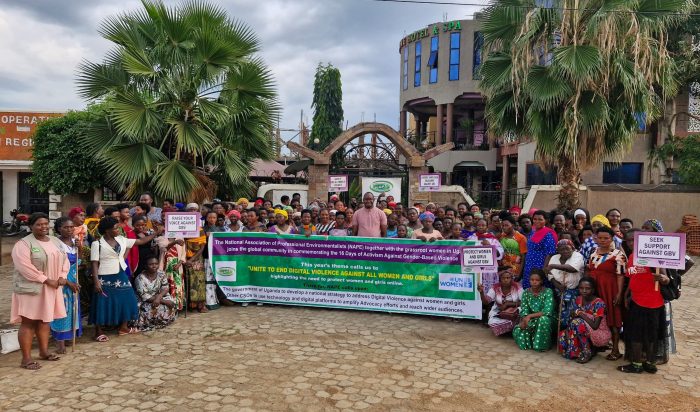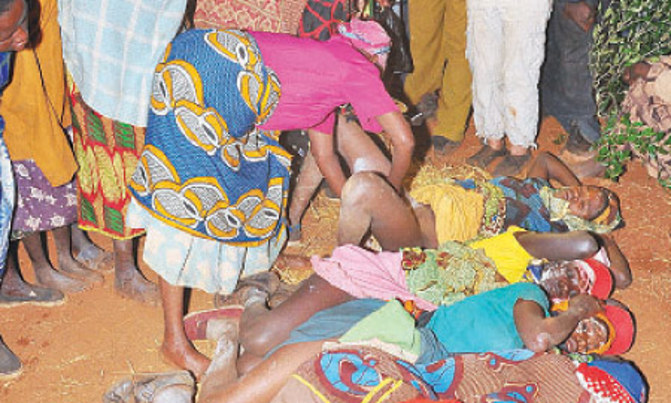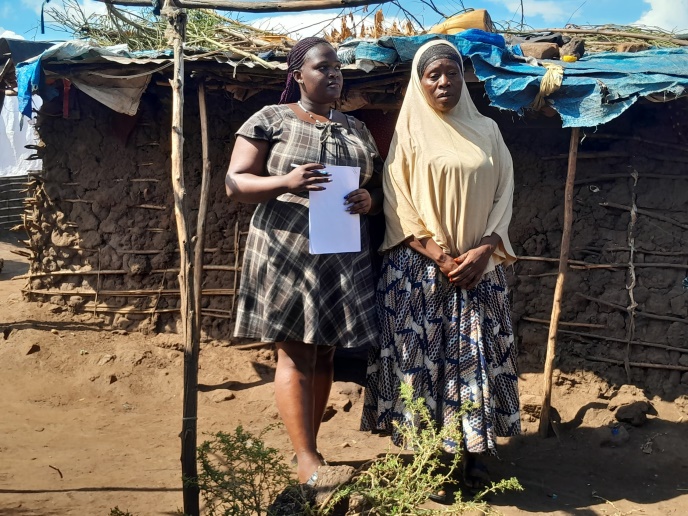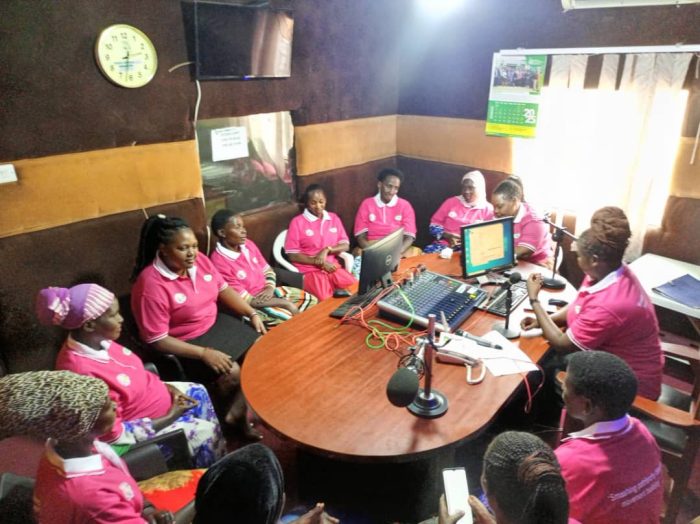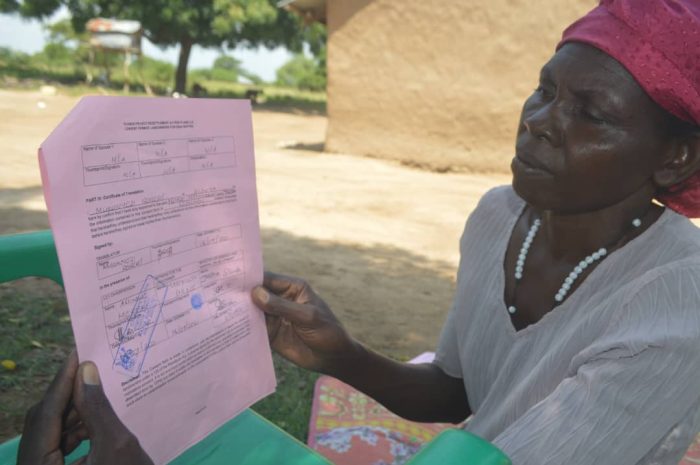
By Edward Ssekika
 As Uganda moves closer to signing an agreement over the construction of an oil refinery, some of the people who were displaced to make way for the project are still not happy, writes EDWARD SSEKIKA.
As Uganda moves closer to signing an agreement over the construction of an oil refinery, some of the people who were displaced to make way for the project are still not happy, writes EDWARD SSEKIKA.
After a day’s work, Donald Opar rests under the shade of a mango tree in his compound to shelter from the scotching sun. He stares at his mud-and-wattle grass-thatched house in a pensive mood.
“Where am I going to get money to construct a modern house?” he asks rhetorically after a long pause. The 57-year father of six is a resident of Nyahaira village, in Kabaale, Hoima district. His story is a tale of betrayal at the hands of his own government.
Opar’s family is one of the 93 families in Hoima waiting to be resettled after their land was compulsorily acquired by government to pave way for the construction of the proposed oil refinery. The families that have been waiting for resettlement for the last three years now accuse government of backtracking on its earlier commitment to build all of them modern houses, where they would be relocated.
In 2010, government selected Kabaale parish in Buseruka sub-county, Hoima district to host the proposed oil refinery, a project that has since displaced at least 7,118 people from their land.
Consequently, in 2012, the ministry of Energy and Mineral Development through its contractor – Strategic Friends International (SFI) – conducted a Resettlement Action Plan (RAP), an exercise that valued and documented each project-affected person’s property and preferred mode of payment.
During the RAP exercise, project-affected persons were given two options of compensation – either cash payment or resettlement. Opar explains that Strategic Friends International officials told residents that anyone who would opt for relocation would get an alternative piece of land and a modern house, among others.
The RAP report makes a similar promise. It reads: “…Only 27 affected households [The number has since shot up to 93 households] chose the option of resettlement. The rest preferred cash compensation to resettlement. It is, therefore, recommended that land is identified in the neighbourhood of the refinery project on a case-by-case basis to construct houses and provide land for farming as part of full resettlement package.”
The report further asks government to provide land titles to the resettled people.
“So, I weighed the option of cash payment with its associated risks, and opted for resettlement,” Opar explains.
U-TURN?
Since 2012, the 93 families have been waiting for their full resettlement package – an alternative piece of land and a modern house for each household but most of that has been in vain.
Richard Orebi, the chairperson of Resettlement Committee, a local association of the affected families pushing for timely and full resettlement package, says in addition to alternative land and modern houses, government also promised to build for them schools, health centers, extend electricity, safe and clean water and other social amenities.
Yes, government has purchased 553 acres of land in Kyakaboga village, Nyakabingo parish in the same Buseruka sub-county, Hoima district, where the affected families are to be resettled. The land is located approximately 15 kilometers from Kabaale; so, the affected families are going to be resettled within the same refinery area as earlier recommended.
However, not everyone is smiling. Opar explains that in April this year, government officials convened a meeting in Hoima, in which they announced that only 46 out of the 93 families would get houses.
“I am one of those that will not get a house,” he says.
Orebi warns: “As a committee, we still maintain every household should get a house as promised; short of that, we shall not even accept the land. This is betrayal,” he says.
Aggrieved by all this, the 93 families petitioned the president in their letter dated July 9, 2015 to intervene. Government thereafter contracted Samadhura Company Limited to construct at least 46 houses.
But which criteria is government using to allocate houses? Government argues only families whose houses were affected in the refinery land will get houses in the resettlement area.
“We had three modes of compensations: we had cash compensation, land for land and resettlement. Those who had land and houses will also get land and a house; those who had only land are entitled to land only [Land-for-land],” Dozith Abeinomugisha, the assistant commissioner in the petroleum directorate, argues.
But Opar hits back: “I have a house here, but I am on the list of people who will not get a house,” he wonders, pointing at his mud- and-wattle grass-thatched house.
Like Opar, Fausta Tumuheire, a widow of four children, owns a semi-permanent house, but she too is among the families that will not get a house. Winfred Ngabiirwe, the executive director of Global Rights Alert (GRA), a civil society organisation, notes that there are nine households of elderly persons who opted for cash compensation to enable them move with their caretakers and relatives. However, ministry of energy officials categorized them as vulnerable and, therefore, must instead be resettled. They are among the households with land, but will not get houses.
“This worsens their situation since their caretakers have already left and moved to other locations,” she argues.
MODERN CITY
Government plans to turn Kyakaboga, where the 93 families are to be resettled, into a model modern village city. According to the plan, titled, “Ministry of Energy and Mineral Development: Details of Central Areas for Resettlement Plan for PAPs 2015,” the 533 acres of land in Kyakaboga has been divided into a residential area known as resettlement area and a farmland.
Government wants people to stay in a residential area and then go and do their agriculture in their farmlands. The physical plan shows that in the resettlement area, each of the 93 families will have a plot of land, where they will build a house for those without shelter. The 46 houses will have three bedrooms, with a toilet, kitchen and bathroom outside.
The modern residential area will have a commercial centre for shopping with 11 commercial plots, a police post, two open public spaces, a health centre III, a nursery and a primary school, two churches, water sources, a community centre, and a public cemetery, among others.
However, the project-affected persons have rejected the plan, arguing that it is unsuitable for their rural setting and lives. Innocent Tumwebaze describes the plan of cramming them up into a residential or resettlement village as “turning us into refugees on our land.”
Opar says grass-thatched houses will not be accepted in the residential area because they will defeat the idea of a modern village, yet he doesn’t have money to construct a modern brick house. He says he was compensated seven million shillings for his land, although he has since used all the money.
“If government doesn’t build all of us houses, they should forget a modern village, I will build my grass-thatched house,” he says.

